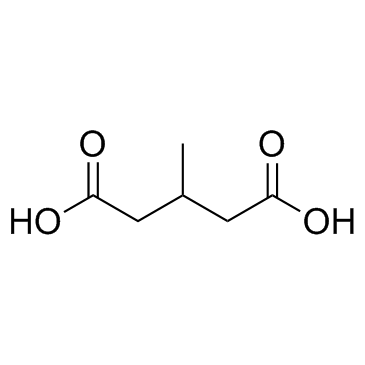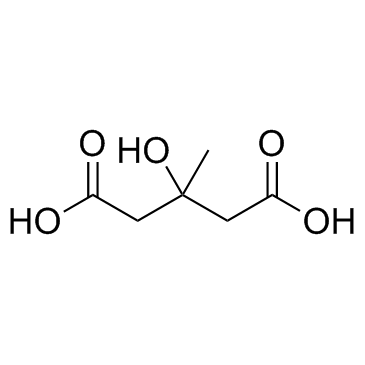| Structure | Name/CAS No. | Articles |
|---|---|---|
 |
Methylglutaric acid
CAS:626-51-7 |
|
 |
3-hydroxy-3-methylglutaric acid
CAS:503-49-1 |